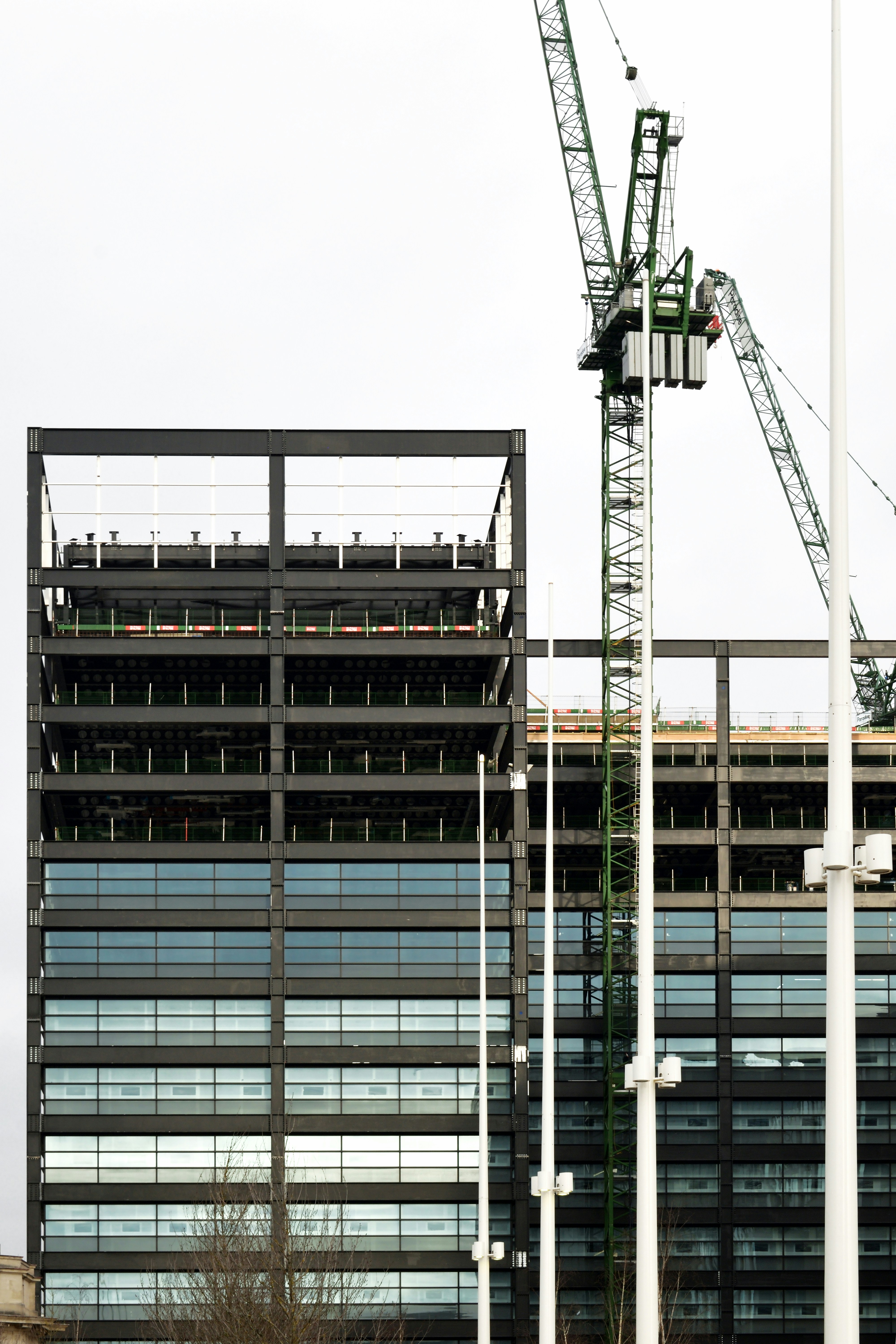The Need for Stronger Building Codes
Florida, known for its beautiful beaches and warm weather, is also a hotspot for hurricanes. As climate change intensifies these storms, the importance of hurricane resilience in building codes becomes paramount. By adapting building codes, we can significantly reduce the damage and save lives during these natural disasters.
Current Building Codes in Florida
Florida’s building codes are among the most stringent in the United States, especially after the devastating impact of Hurricane Andrew in 1992. These codes mandate specific construction practices and materials designed to withstand high winds and flooding. However, as hurricane patterns change, there is always room for improvement. For more details on existing standards, refer to the official Florida Building Code website.
Innovations in Building Materials
One of the critical areas in enhancing hurricane resilience is the use of innovative building materials. Materials like impact-resistant windows, reinforced concrete, and hurricane straps play a crucial role in fortifying structures. These materials not only help in withstanding the initial impact of high-speed winds but also prevent secondary damage due to flying debris.
Impact-Resistant Windows
Traditional windows can shatter easily, exposing the interior to the elements. Impact-resistant windows are designed to withstand windborne debris and pressure changes, thus offering an extra layer of protection. The Federal Emergency Management Agency (FEMA) has detailed guidelines on the benefits of these windows.
Reinforced Concrete
Reinforced concrete structures are less likely to collapse during a hurricane. This material, which is infused with steel rods or mesh, offers higher tensile strength and durability, making it an essential component in hurricane-resistant construction.
Policy Changes and Government Initiatives
Government initiatives play a significant role in ensuring that building codes are regularly updated to reflect the latest in construction technology and environmental data. The Florida Division of Emergency Management continuously works on updating policies to enhance disaster resilience.
Local Government’s Role
Local governments have a critical role in implementing and enforcing these updated building codes. They are responsible for conducting inspections and ensuring that new constructions meet the required standards. Florida League of Cities provides resources and training programs for local governments to improve compliance and enforcement.
Federal Incentives
The federal government also provides financial incentives for homeowners and builders who comply with enhanced building codes. These incentives include tax breaks, grants, and insurance premium discounts, making it economically viable for more people to invest in hurricane-resistant infrastructure.
Challenges and Solutions
While the benefits of adapting building codes are clear, there are several challenges that need to be addressed. These include the cost of construction, the availability of materials, and the need for skilled labor.
Cost of Construction
Enhanced building codes often require more expensive materials and construction techniques, which can drive up the cost of new buildings. However, the long-term savings in reduced damage and faster recovery make this an investment worth considering. Financial assistance programs from organizations like the U.S. Department of Housing and Urban Development (HUD) can help offset these initial costs.
Availability of Materials
The availability of specialized materials can be another hurdle. Building supply chains need to be robust and well-managed to ensure timely access to necessary materials. Partnerships between government agencies and private suppliers can help streamline this process.
Need for Skilled Labor
Finally, the need for skilled labor cannot be overstated. Proper training programs for builders, architects, and inspectors are essential. Organizations like HelpNow offer specialized training to ensure that all stakeholders are well-versed in the latest building standards.
Case Studies: Successful Implementations
Several communities in Florida have already adopted enhanced building codes with remarkable success. For example, Miami-Dade County has been a leader in implementing stringent building regulations, which have significantly reduced hurricane damage in the area.
Conclusion
Adapting building codes for hurricane resilience is not just a policy requirement but a necessity for safeguarding lives and property. By embracing innovative materials, enhancing enforcement, and providing necessary training, we can build a more resilient Florida ready to face future hurricanes.
If you are interested in learning more about emergency response training or disaster preparedness, consider exploring the various courses offered by HelpNow.

